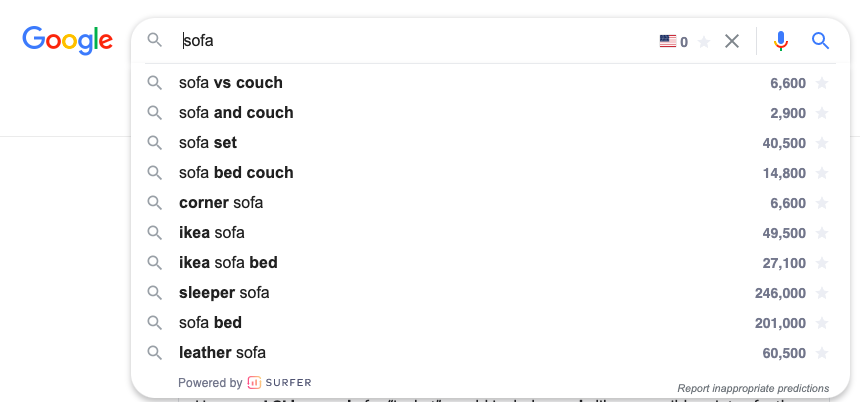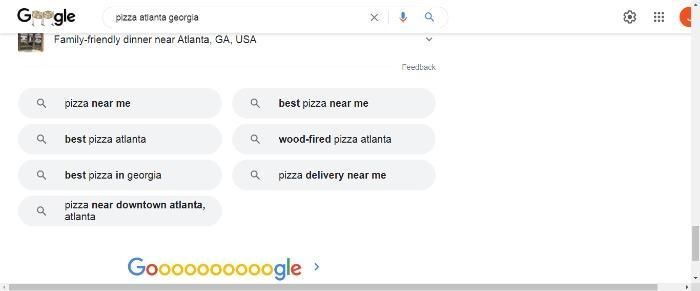How to Use Semantic Search for Paid Ad Campaign Copy

By Neil Patel
Semantic search isn’t only for organic traffic; it’s for paid search as well. Understanding the difference between broad and exact match search is important, but semantics is all about the search intent behind a query.
Google is focusing a lot more on search intent and keyword variants. Knowing the correlation between intent and semantics can help you narrow down to the perfect audience.
How Does Semantic Search Work?
What is semantics, and how does it apply to search? Semantics focuses on the search intent of a keyword and the thoughts and feelings that the person has as they search that keyword.
It’s a complicated subject, and there isn’t a “black and white” set of steps to follow. A lot of context and concept is behind every search query, and many SEOs overlook this by thinking basic keyword research will solve all their problems.
When it comes to semantics for paid campaigns, we’re talking about incorrect spelling, plurals, variants, synonyms, and other related words and phrases pertaining to the search word.
If we understand what semantics is, we can understand how it impacts paid search.
The goal of every advertiser on Google is to gain visibility for as many applicable keywords as possible. The problem is, no matter how much keyword research you put in on Ubersuggest, Ahrefs, and SEMrush, you’ll never find all the keywords that people in your target audience are searching.
This is where semantics come in.
Google uses semantics in broad and phrase search to help find a wider range of searches and triggers that will match user intent and display your ad.
Exact Match Vs. Broad Match in Semantic Search
To understand semantics, it’s important to know the difference between exact and broad match in Google ads. An exact match requires the searcher to input the exact keyword you’ve chosen to display your ad on.
For example, if you used the exact match “wedding cakes,” the person searching must enter some of the following keywords into Google to display your ad:
- wedding cakes
- white wedding cakes
- chocolate wedding cakes
- cheap wedding cakes
- and so on
These are exact match keywords because they contain the phrase exactly as-is. As a result, this type of advertising doesn’t use semantics because it doesn’t allow the flexibility necessary to locate related phrases with the same search intent.
Here’s another example: If someone searches for “cakes for weddings” or “weding cakes,” your ad may not display because Google thinks it doesn’t match your intention.
Even though the search intent is the same, you’re not using semantics in your advertising and may experience a higher CPC because you’re targeting a much narrower audience than necessary.
Using Semantics for Paid Vs. Organic Search
When it comes to organic search, many SEOs and site owners like to find every slight permutation of a keyword and include it somewhere in their content. At one time, this was the best strategy.
However, with …read more
Source:: Kiss Metrics Blog









